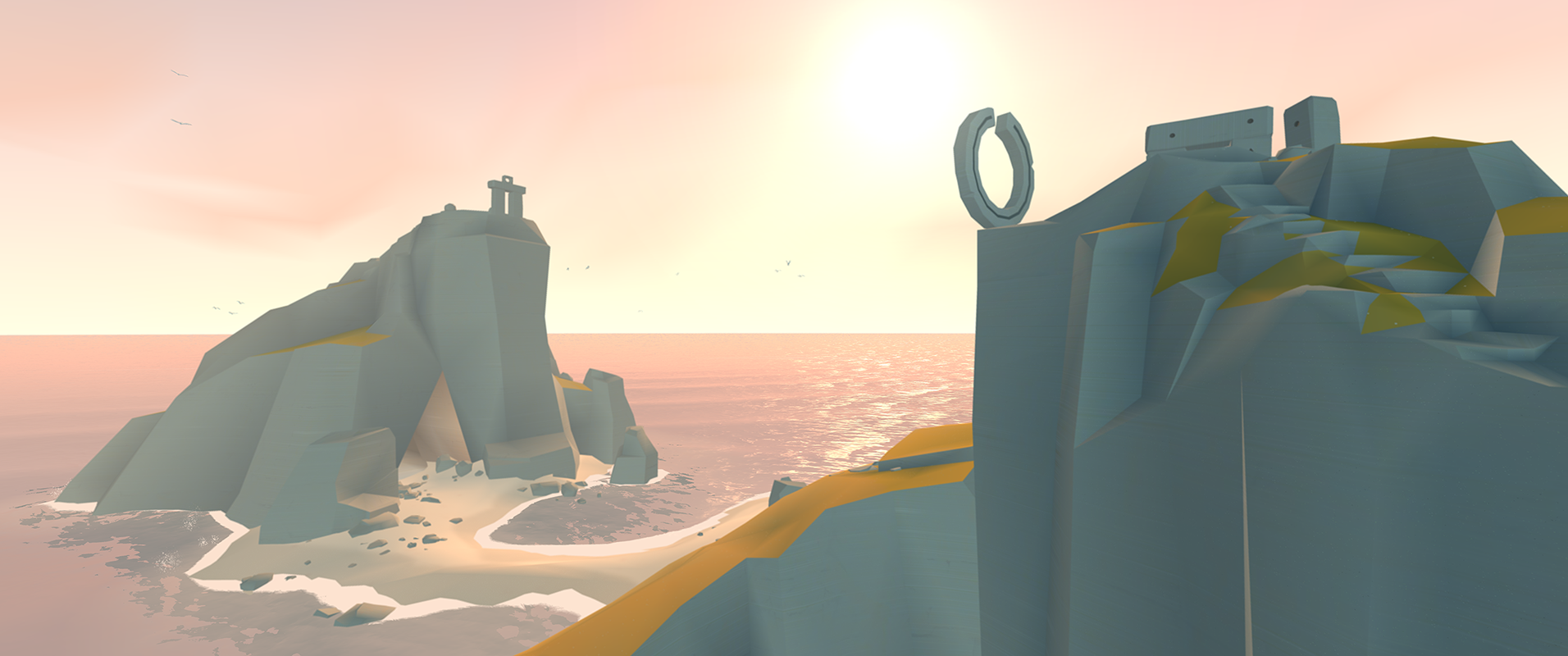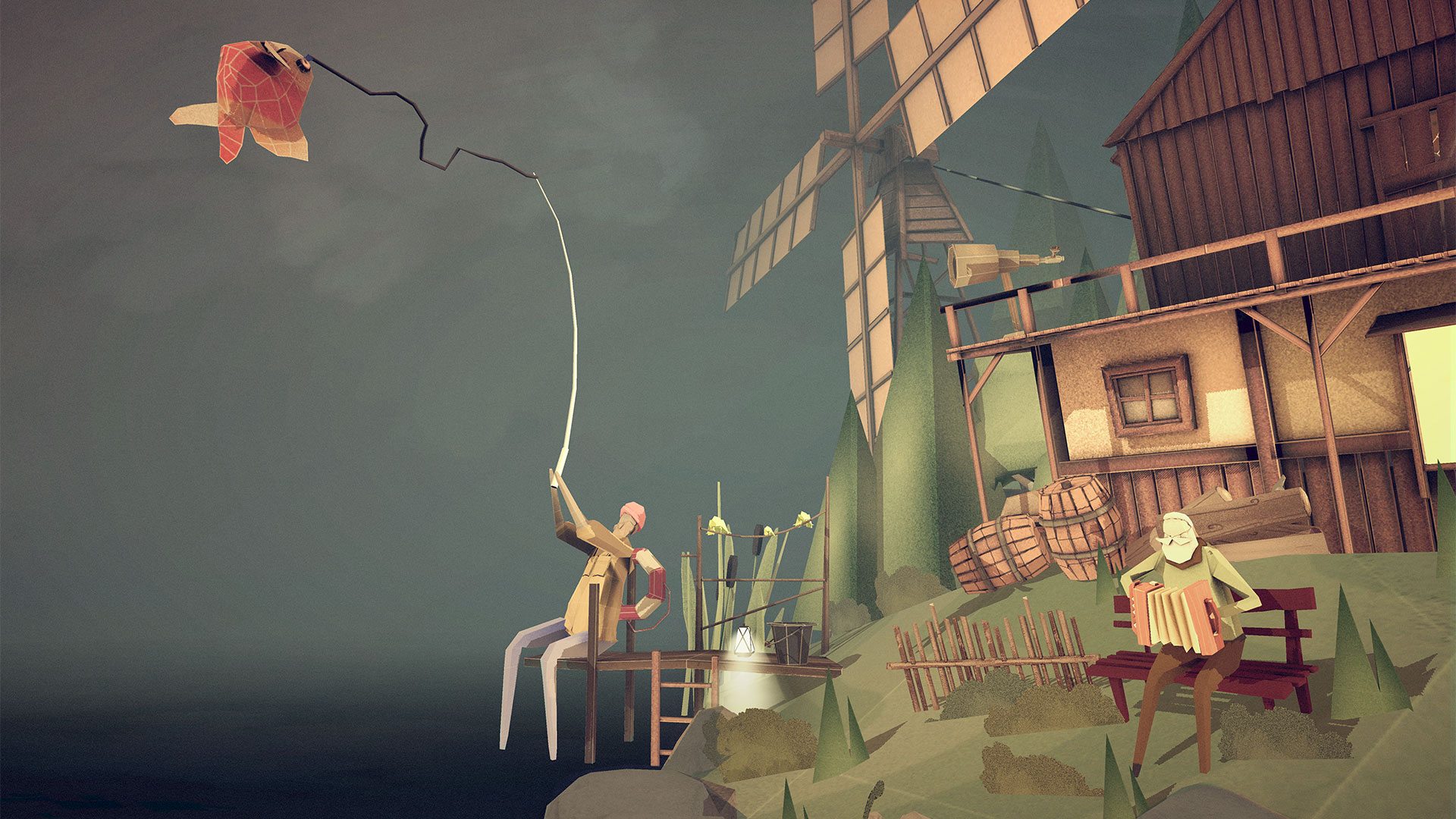No matter the style or genre of a VR game, it needs to feel comfortable for players to get immersed. Take a look at these five tips to help your players feel at home.
Key things you’ll learn about:
1Use familiar visual cues so the player knows where to look
Use visual cues, such as a reticle, to signal to players where they should look and what objects to interact with. For example, place a reticle next to an object that changes size when the player looks at it, signalling to them that they can interact with it. Or, use a progress bar that indicates when the player can begin to interact with an object.

2Keep the style consistent
People want to be immersed in an extraordinary world, one with vivid, imaginative landscapes; they want to be taken into the world of their maker. But that doesn’t mean your content has to be high-poly with incredible life-like graphics. Keep the style consistent to help the user feel immersed.




Anything’s possible in VR, just keep it consistent. From the top: Land’s End, by ustwo; I Expect You To Die, by Schell Games; Floor Plan, by Turbo Button, and Waltz of the Wizard, by Aldin Dynamics.
3Slow it down
Don’t rush your players directly into major action, such as running, shooting or combat. Let them look around and check out the scene they’re in. Add in rest points between the action, and make it possible for players to do things with small gestures and movements.
Test your content on a variety of players – young, old, experienced and casual – and learn how to accommodate varying comfort needs.


Two games currently in development that provide a relaxed VR world: Fairvalley, by Dual Good Limited, above, and below, Meantime, by Team Meantime.
Finally, here are a few general tips to avoid players getting nauseous:
- Maintain a visible stable horizon line
- Don’t show sudden acceleration or deceleration
- Let players choose their own height
- Give them the option to sit or stand
4Use cues that provide correct depth perception
To create comfortable immersion it helps to understand depth perception.
Depth perception comes from an array of depth cues. These are split up into binocular and monocular cues. Binocular cues provide depth information when viewing a scene with both eyes. Monocular cues provide depth information when viewing a scene with one eye.
We use two binocular cues and 15 monocular cues to perceive depth. We use 7X more cues to perceive depth with 1 eye! Understanding how we see depth with 1 eye helps us to build more comfortable VR scenes.
Binocular cues are:
- Stereopsis
- Convergence
Monocular cues are:
- Motion parallax
- Depth from motion
- Kinetic depth effect
- Perspective
- Relative size
- Familiar size
- Absolute size
- Aerial perspective
- Accommodation
- Occultation
- Curvilinear perspective
- Texture gradient
- Lighting and shading
- Defocus blur
- Elevation
Examples of how to design for correct depth perception:
- Familiar size: Borrow from the real world, and size and scale objects so that they look and feel real to the player.
- Texture gradient: Objects that are farther away or higher up, should have a lighter shader/color than those that appear closer.
- Motion parallax and Occultation: Consider how to place one object in front of another to create a sense of depth.
If there are not enough monocular cues our eye will make up a different story. See the image below.

Movement in VR helps us to perceive depth. See how the picture below looks strange because we can’t move around in it.

5Let players choose how to view the UI
Give players some choice in how they see and interact with the UI. Let them walk up to, or away from, UI elements like text. Attach the UI to another character that the player activates by looking or pointing at it. Finally, when a player chooses to see the UI, position it so that it’s in the middle of where their gaze naturally falls, not to the side, above or below it.

A screenshot from the upcoming Cosmic Trip by Funktronic Labs.

A screenshot from Headmaster by Frame Interactive.
Read, watch, learn more
Carl Callewaert: Genius Loci in VR: Building presence in VR
Josh Naylor: User interface and gameplay design in VR